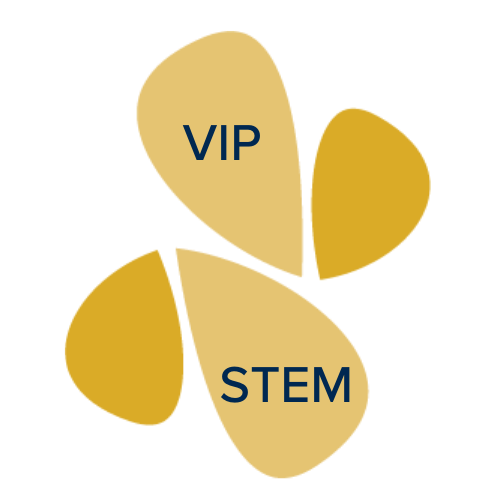
Position Title
Director, VIP
Campus Advisor for Undergraduate Research
- STEM Strategies
Welcome to Muralidharan Team
Glioblastoma multiforme is one of the deadliest forms of cancer with average survival rates of less than two years after diagnosis. The main reasons for the low survival rate is the recurrence of the disease due to inability to remove all cancer cells during surgery, presence of a low population of cancer stem cells (tumor initiating cells), and development of resistance to chemotherapy and radiation therapy. Nanoscale drugs could provide a method to target specific genes known to stimulate cancer stem cells and promote drug and radiation resistance. In addition to the ability to target specific genes they also can be employed in minute doses due to their efficient transport across the blood-brain barrier to minimize adverse drug reaction and drug resistance. Additionally, these nanoscale drugs will also stimulate the immune response by interaction with immune cells such as T cells to combat cancer cells. This two pronged approach of targeting specific cancer genes and stimulating immune cells with low dose nanoscale drugs would provide a potent treatment method for glioblastoma multiforme. Students performing research in this project will be exposed to molecular biology, nanotechnology, biochemistry, and physics principles and techniques to characterize the drugs and their interactions with model systems.
The plant extract Ruta Graveolens (Ruta) has been shown to be effective in arresting glioblastoma cell growth and proliferation. Our current study is focused on improving the efficacy of Ruta by incorporating it in silica nanoparticles for efficient transport across the blood-brain barrier and targeting the glioblastoma cells. We have employed LN-229 established human cell line as the model system in in vitro studies. The interaction of nanoparticle-Ruta composites with LN-229 cells have been monitored through changes in the expression levels of the genes Bcl2, CDK1, c-Myc, and FAK1 after 24-hour drug treatment period. These changes have been monitored as a function of the size of the nanoparticle and its dose level. The studies indicate a complex mechanism that is a function of the concentration of Ruta in the nanoparticles, the size of the nanoparticles, and dosage level of the nanoparticle-Ruta composite as seen from the gene expression level changes. A significant finding is that the nanoparticle-Ruta composites are much more effective than the Ruta extract itself indicating that the nanoparticle composites are an effective way to achieve therapeutic effect at very low Ruta concentrations. This is important for high beneficial and low adverse drug effect in the treatment of glioblastoma with Ruta. An example of the gene expression level changes when LN-229 is treated with Ruta incorporated into 50 nm silica nanoparticles is shown in the figure.
The long term goal of these studies is to determine the optimum Ruta-nanoparticle composition and dosage levels that are effective with both LN-229 glioblastoma cells and SN-K-AS immune T-cells to substantially arrest the growth and proliferation of the glioblastoma cells. An integral component of these studies is to understand the mechanisms of the cell-cell and cell-drug interactions. The in vitro studies will help to design appropriate in vivo studies.
